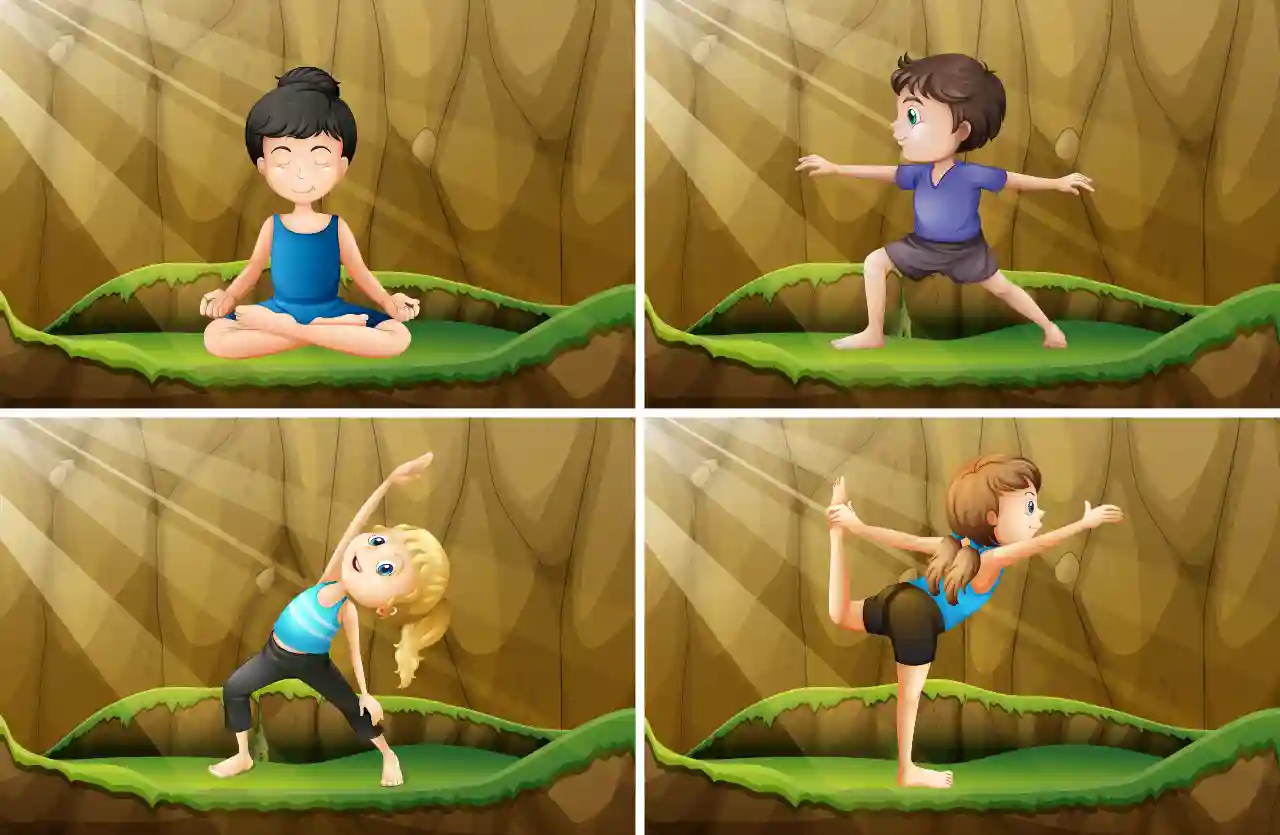
Written By
Angela Grace Varghese MPT (Pediatrics)
Physiotherapist
What is Physical Fitness for Kids?
Physical fitness for a child is quite different from that of adults. It is to be noted that even among children, physical fitness varies based on age. Though, in general terms, physical fitness for a child is staying active by engaging in moderate physical activities, physical fitness for typically developing children is entirely different from children with various illnesses like asthma, cancer or juvenile diabetes. In this article, let’s dive into what physical fitness means for a typically growing child.
Why is Physical Fitness Important for Kids?
It has been found that fitness during childhood and adolescence has a positive impact on adult life. This fact speaks volumes on the importance of physical fitness in children.
Subjectively speaking, one of the main aims of fitness focus in children is to raise active children with healthy habits. In an era where PlayStation is available in every home, physical health is an obligation rather than a priority. Oftentimes, this mindset creates a wrong understanding of physical fitness and raises an unhealthy generation. Therefore normalizing an active lifestyle in children is as important as normalizing eco-friendly living.
What are the 6 Benefits of Physical Activity in Children?
Physical Activity is not just restricted to strength benefits; it launches cycles of changes in a child’s body:
- Improves gene expression- this is the most exciting advantage of exercise by far. While it doesn’t change the DNA itself, it actually changes the way in which genetic information is turned into a body function, for example, improving the sensitivity of insulin in the body
- Improves the sleep cycle, which is important for relaxation and healing
- Maintains a good input and output calorie ratio
- Replaces stress hormones with relaxing hormones
- Physical activity is actually the stimulus for bone growth. So if your child is short, this is an interesting fact you can look into
- It reduces the risk of lifestyle diseases like- heart disease, type-2 diabetes, osteoporosis, and obesity.
What are the 5 Components of Fitness Kids?
Irrespective of age, the main 5 components of physical fitness are:
- Muscle strength
- Endurance
- Flexibility
- Agility and speed
- Balance and coordination
Interestingly a global systematic review has found that endurance, strength and flexibility are on a declining trend among children due to increased screen time and modern technology (https://www.frontiersin.org/articles/10.3389/fped.2020.627529/full).
How Much Physical Activity Do Kids Need Each Day?
Regardless of age, 60 mins of physical activity every day is recommended. The focus of the activities should be to raise the heartbeat from the resting level and to increase bone and muscle strength. Moderate to vigorous physical activities are ideal for this. Activities that will include climbing, jumping, running, and bicycling are a good start. Sport-based activities like basketball and swimming are also good.
Do Kids Need Physical Activity to Grow Up Strong and Healthy?
Yes. No doubt about it. Although physical activity is not just the only criterion to meet health and strength goals, it is one of the pillars of it, hence unavoidable.
Physical activity is movement, and movement is the main response of our body. Let me put it this way: the majority of the time, our body responds to a stimulus in the form of movement. Another truth – physical activity is also a stimulus. Confused? Let me explain: When you walk, your body uses it as a stimulus to create various responses in your brain to be alert, in your blood to increase oxygen supply, in your muscles to contract, and even in your bones to increase bone growth. So that makes physical activity more than just a requirement. In basic terms, physical activity forms our physical as well as physiological identity. Physical activity does not just create a change for the better but also shapes the change.
How Do We Make Physical Activity a Part of a Child’s Life?
“All work and no play makes Jack a very dull boy”. It’s not enough to stress this. How do we distinguish between work and play? Work is forced, while play is voluntary. Parents who are trying to instil physical fitness into their children need to know physical fitness cannot be forced, it needs to be enjoyed. If your child starts to enjoy physical activities then it will automatically be a part of their life. Forced activity will only create more space for hating it.
Conclusion
Health is wealth, but health is also a choice. As mentors of the coming generation, we can make this choice into a character that should not be ignored.

